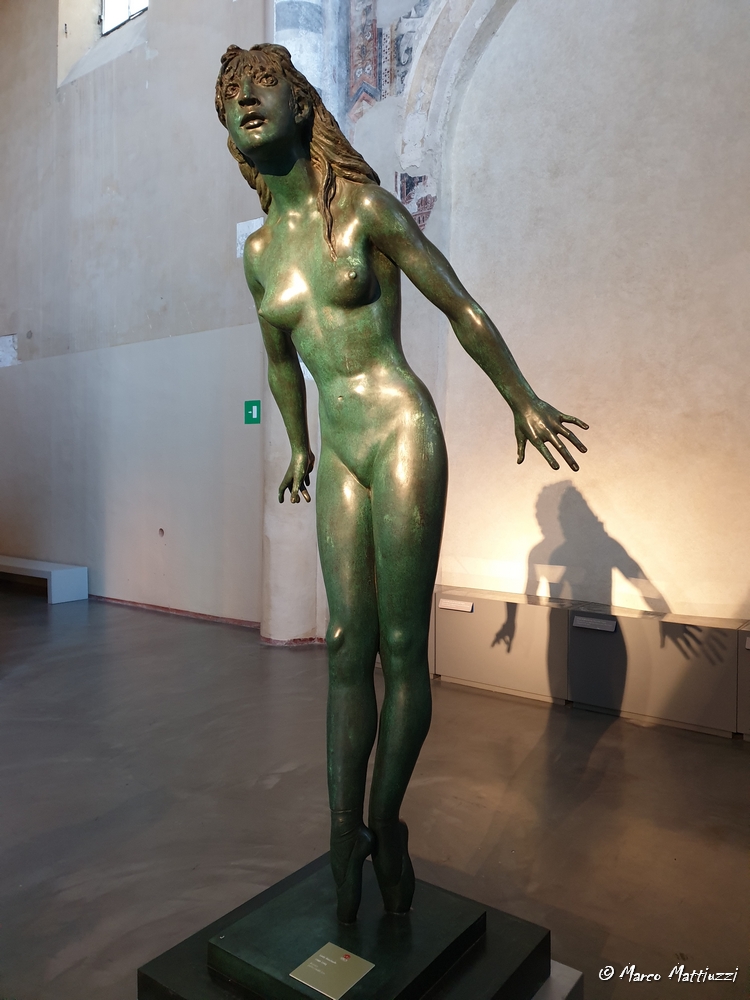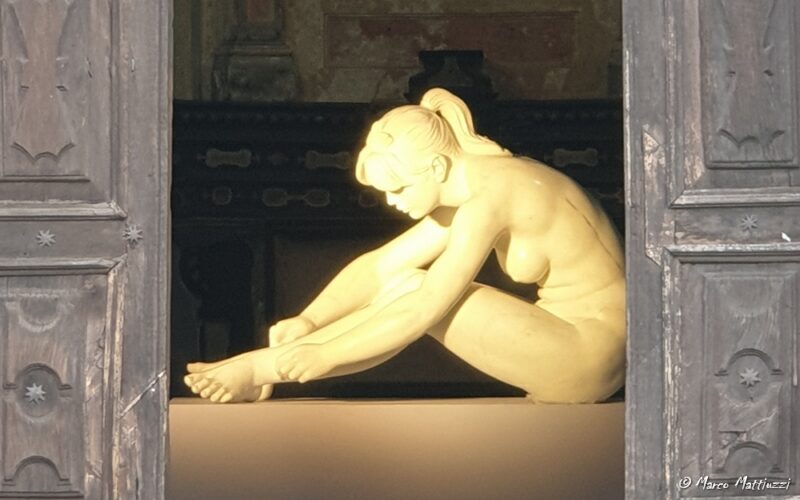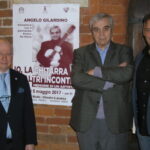Francesco Messina, a resonant name in the world of 20th-century Italian sculpture, is renowned for his ability to capture the human form in a realistic and sensual manner. He frequently explored the theme of adolescence in his works, a life stage characterized by a delicate and complex transition.
Evolution and Innocence:
In the delicate transition from childhood to maturity, adolescence represents a period of rapid growth, not only physically but also emotionally and psychologically. Francesco Messina’s works depicting adolescents seem to delve into this crucial phase of life.
The innocence of childhood, often associated with a pure and unbiased perception of the world, is manifested in his works through bright eyes, innocent poses, and carefree expressions. It’s as if through sculpture, Messina sought to immortalize that last glimmer of childhood slowly slipping away with the passing years.
On the other hand, the onset of maturity is evident in the more defined contours of the body, in the gaze that begins to reflect a deeper understanding of the world, and in gestures that, while retaining a certain childlike grace, reveal an emerging awareness of the self and one’s place in the broader context of society.
This dualism, between innocent candor and growing awareness, poses significant challenges. How can an artist effectively represent both these qualities without resorting to cliché or, worse, caricature? Especially for a sculptor, how can these emotional nuances be tangibly rendered through marble or bronze?
Yet, Messina seems to do just that. His sculptures of adolescents carry with them a palpable vulnerability, a sense of being exposed to the emotional storms and uncertainties that characterize this stage of life. And yet, there is also an indomitable strength emerging, a sign that, despite the challenges and fears, there is growing resilience and determination.
Messina’s skill in capturing this balance between fragility and determination is what makes his representations of adolescents so powerful and resonant, offering observers a window into the complexity of this crucial stage of human life.
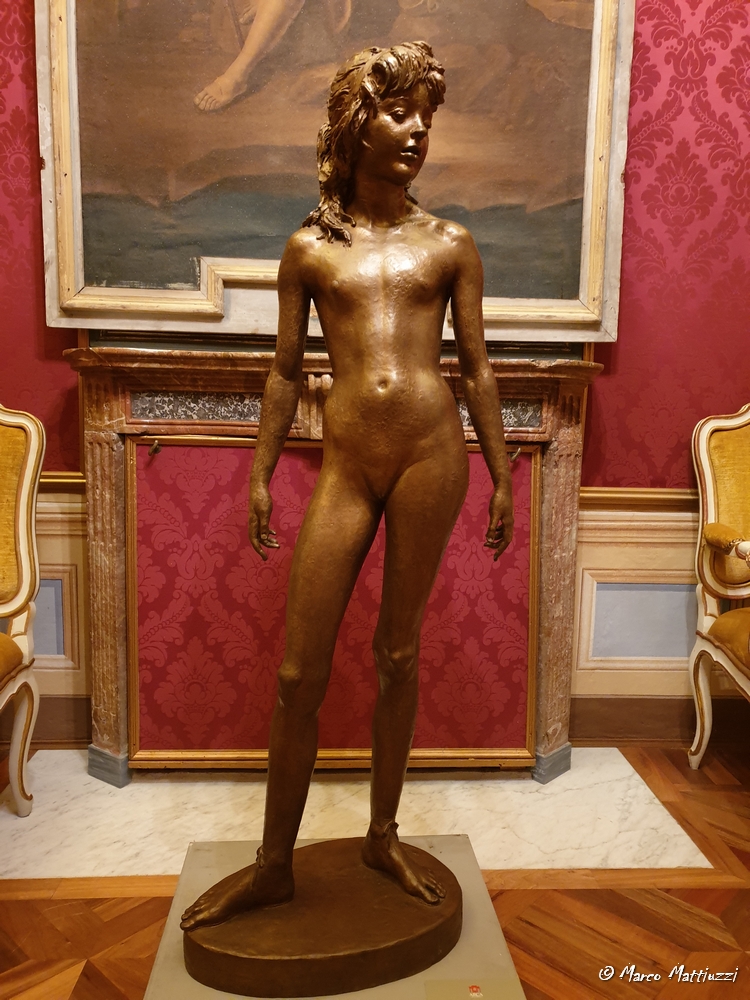
Sensuality and Controversy:
Sensuality, in its broadest sense, refers to the perception and experience of sensations. When transposed into art, particularly sculpture, it can become a minefield of interpretations, especially when the subjects depicted are in full adolescence, a period marked by rapid physical and emotional changes.
Francesco Messina’s works portraying young figures in sensual poses and details have often sparked controversy. For some critics and observers, these representations risk crossing the fine line between an artistic observation of adolescence and an undue objectification of its figures. The concern is that, in a world where subtlety is often lost, such images could be perceived in a distorted manner or even exploited.
On the other hand, some argue that Messina’s art should not be viewed solely through the lens of sensuality, but rather as an attempt to capture the essence of the transition between childhood and adulthood. Puberty, after all, is a period of profound physical transformations, during which adolescents become acutely aware of their bodies in ways they were not before. This awareness can manifest in a range of behaviors, attitudes, and emotions that reflect a mix of innocence, curiosity, confusion, and even pride.
Thus, while Messina’s sculptures might, at first glance, appear provocative, they could also be seen as sincere representations of a life stage where the body and mind are in tumultuous evolution. His ability to capture the grace, vulnerability, and yes, even the sensuality, of these young figures could be interpreted as an empathetic observation rather than an attempt at objectification.
However, art is subjective, and every individual brings their own experiences and preconceptions that influence their interpretation. The controversy surrounding Messina’s works underscores the ongoing tension in the history of art between an artist’s freedom of expression and the social and moral responsibilities of such expression. And while the debate on where the line between art and appropriation is drawn may not have a definitive answer, works like Messina’s underscore the importance of continuous and reflective dialogue on these themes.
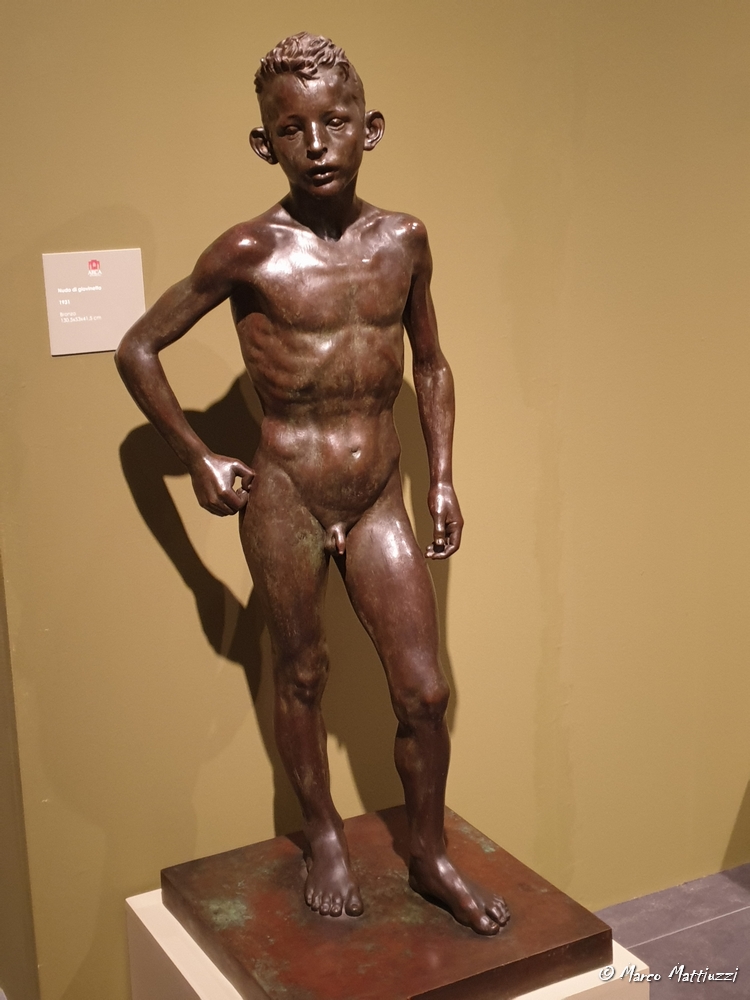
Technique and Mastery:
An artist’s mastery is evident not only in their ability to capture life and emotion but also in the technique used to do so. Francesco Messina, in his bronze works, demonstrated a deep understanding of the laborious casting process, one of the oldest and most refined techniques in sculpture.
The process begins with an initial model, often created in clay or wax, capturing every minute detail desired by the sculptor. This model is then used to create a mold, which is subsequently filled with molten bronze. Once solidified, the mold is removed, revealing the rough shape that, although close to the artist’s final vision, requires further work.
Here, Messina’s dedication and expertise become apparent. The finishing of bronze is an art in itself: smoothing, polishing, and patinating the surface to achieve the desired appearance and texture. This process is not just technical but also requires acute artistic sensitivity. The ability to render the bronze surface in a way that suggests the softness of skin, the fluidity of hair, or the depth of a gaze is a skill possessed by few artists.
Beyond technical perfection, what truly distinguishes Messina’s works is his ability to transcend the material, to make bronze not just a medium but an integral part of the artistic expression. Thanks to his mastery, the bronze does not appear as a cold and inert material but seems to vibrate with life, carrying with it the emotions and sensations of the subject depicted.
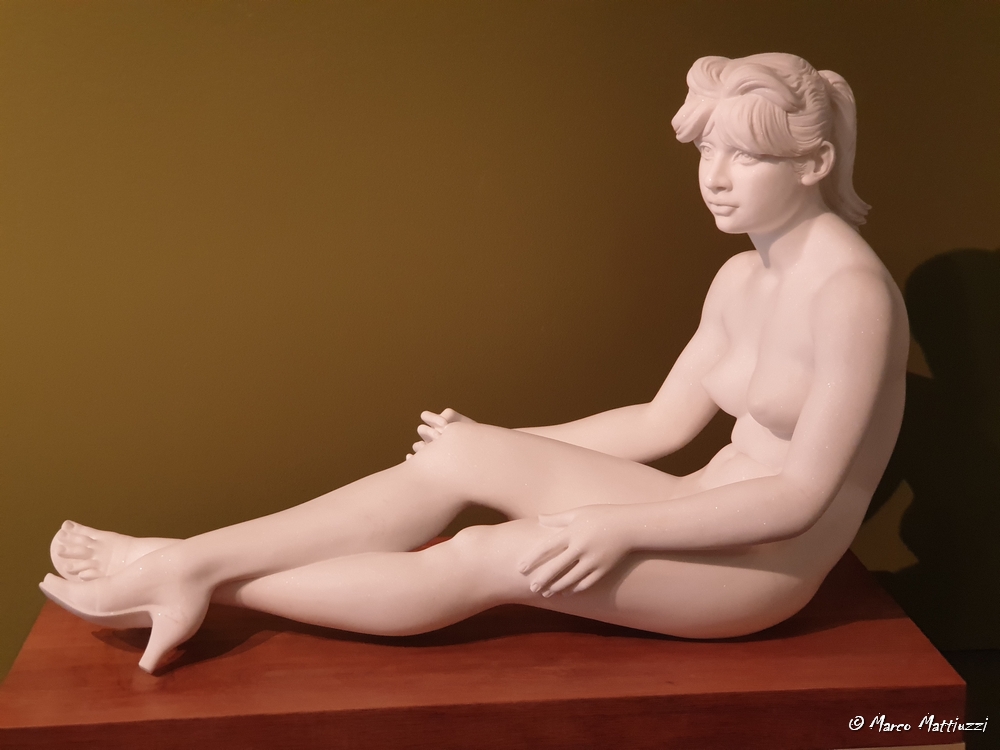
Conclusions
In the Italian artistic landscape, Francesco Messina emerges as a figure who cannot be ignored or underestimated, especially when it comes to his sculptural representations of adolescents. These works, in addition to demonstrating his technical mastery, serve as powerful tools for dialogue, raising questions, evoking feelings, and stimulating reflections.
The complexity of these works is evident both in the minute details – the delicate modeling of a muscle, the shadow of a gaze, the posture of a figure – and in the broader and bolder themes they address. Adolescence is a period of transition, a crossroads between the innocence of childhood and the challenges of maturity. Through his sculptures, Messina not only captures this metamorphosis but explores it, revealing the turmoil, hopes, and contradictions of this evolutionary stage.
Sensuality, innocence, vulnerability, and strength – all these nuances coexist in Messina’s works, and the way they are represented has given rise to various debates and interpretations. Some see boldness, others provocation; some perceive respect, others objectification. But beyond the various reactions, there is a universal element: Messina’s art moves, challenges, and inspires.
Finally, we cannot discuss Messina without acknowledging his extraordinary skill in handling materials. Bronze, through his hands, transforms and comes to life, telling stories and capturing emotions in a way that few other artists have managed to do.
In summary, while opinions on Messina’s works may vary, his position as a master sculptor and as a profound interpreter of the human experience remains undisputed. His representations of adolescents are a testament to his talent and vision and deserve thorough and respectful consideration by anyone who loves art.
